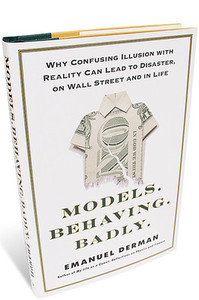(p. 290) The omission of the reference point from the indifference map is a surprising case of theory-induced blindness, because we so often encounter cases in which the reference point obviously matters. In labor negotiations, it is well understood by both sides that the reference point is the existing contract and that the negotiations will focus on mutual demands for concessions relative to that reference point. The role of loss aversion in bargaining is also well understood: making concessions hurts. You have much (p. 291) personal experience of the role of reference point. If you changed jobs or locations, or even considered such a change, you surely remember that the features of the new place were coded as pluses or minuses relative to where you were. You may also have noticed that disadvantages loomed larger than advantages in this evaluation–loss aversion was at work. It is difficult to accept changes for the worse. For example, the minimal wage that unemployed workers would accept for new employment averages 90% of their previous wage, and it drops by less than 10% over a period of one year.
Source:
Kahneman, Daniel. Thinking, Fast and Slow. New York: Farrar, Straus and Giroux, 2011.




